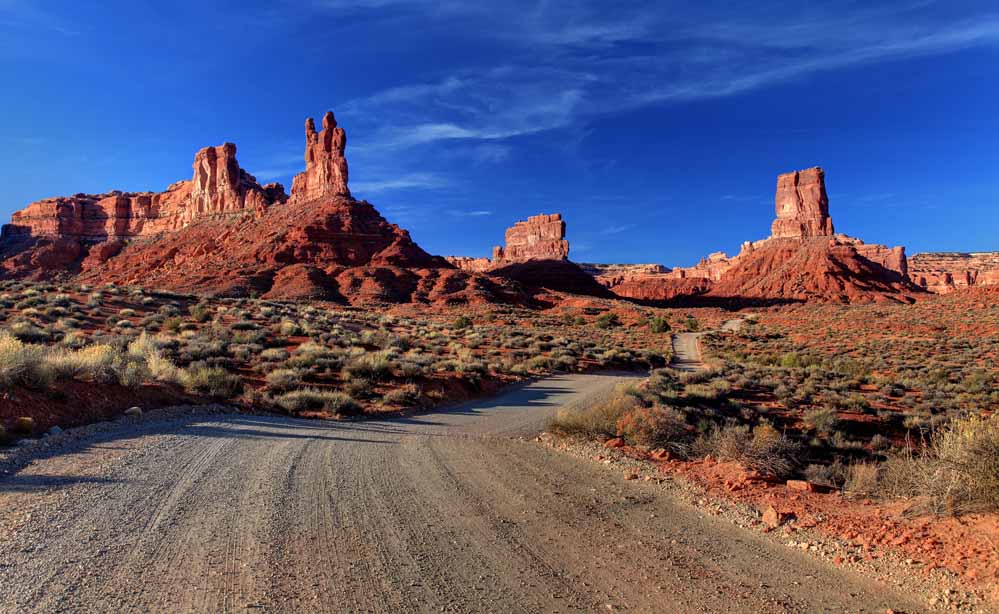There are No Forests on Earth (silicon trees)
Posted: Wed Mar 15, 2017 11:37 am
Decided to start a separate topic on this... a Russian (Людин Рɣси) made a video stating that there were no forests on Earth... what we see as trees are actually more like blades of grass, compared to megalithic forests of the ancient world.
There are no forests on Flat Earth Wake Up
I do not agree with his "Flat Earth" logic, but the silicon-based megalith tree research is fascinating.

The structure is a rocky stump, around which is bits of the original stump that have been decayed away by time and weather. However, the ground surrounding the stump (and under the fallen boulders) is an entirely different kind of rock. These stumps are deep red in color, the underlying ground is gray stone, based on hardness, some kind of granite. These stumps are NOT just a pile of ground that pushed up.
Now, take the material around the bases of these stumps and "reassemble" them to where they fell from--just based on the amount of material there, and you basically get a cylindrical hunk of red rock, just sticking out of gray rock with blackish sand. The rock falls down along the side, so it isn't covering a large radius from the core--meaning that the original was just taller and a bit wider than it is now. The red rock does not exist between these stumps.
The analysis showed your basic silicates + iron (the red color being iron oxide). Granted, gray granite is also your basic silicate (without iron), so it very odd that you would get so much iron in specific, vertical columns--yet none, just a few meters away from it.
The rock, itself, looks much like petrified wood in its structure, but seems to lack the nutrient channels one would find in carbon-based trees--but it does curve and bend just like root structures of conventional trees do. When you are actually there, next to it, there is no doubt in your mind that you're looking at a really big tree stump.
There are no forests on Flat Earth Wake Up
I do not agree with his "Flat Earth" logic, but the silicon-based megalith tree research is fascinating.
During a recent visit to one of these regions, I analyzed a sample from the "root" of one of the mesas to see what it would reveal... specifically, the stump on the far right of this photo:Djchrismac wrote: ↑Tue Mar 14, 2017 6:21 pmI remain open-minded about the silicon life preceding carbon life idea, with the possibility that some mesa's could be the old trunks of large silicone trees but believe that a majority of mountain ranges are a result of earth expansion and catastrophe.

The structure is a rocky stump, around which is bits of the original stump that have been decayed away by time and weather. However, the ground surrounding the stump (and under the fallen boulders) is an entirely different kind of rock. These stumps are deep red in color, the underlying ground is gray stone, based on hardness, some kind of granite. These stumps are NOT just a pile of ground that pushed up.
Now, take the material around the bases of these stumps and "reassemble" them to where they fell from--just based on the amount of material there, and you basically get a cylindrical hunk of red rock, just sticking out of gray rock with blackish sand. The rock falls down along the side, so it isn't covering a large radius from the core--meaning that the original was just taller and a bit wider than it is now. The red rock does not exist between these stumps.
The analysis showed your basic silicates + iron (the red color being iron oxide). Granted, gray granite is also your basic silicate (without iron), so it very odd that you would get so much iron in specific, vertical columns--yet none, just a few meters away from it.
The rock, itself, looks much like petrified wood in its structure, but seems to lack the nutrient channels one would find in carbon-based trees--but it does curve and bend just like root structures of conventional trees do. When you are actually there, next to it, there is no doubt in your mind that you're looking at a really big tree stump.
